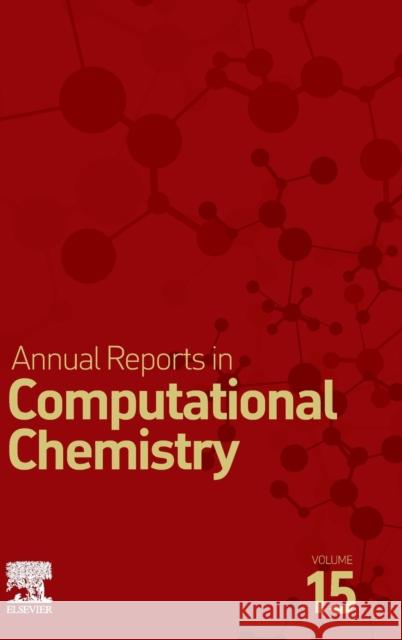Annual Reports in Computational Chemistry: Volume 15 » książka
topmenu
Annual Reports in Computational Chemistry: Volume 15
ISBN-13: 9780128171196 / Angielski / Twarda / 2019 / 348 str.
Annual Reports in Computational Chemistry: Volume 15
ISBN-13: 9780128171196 / Angielski / Twarda / 2019 / 348 str.
cena 871,33
(netto: 829,84 VAT: 5%)
Najniższa cena z 30 dni: 864,19
(netto: 829,84 VAT: 5%)
Najniższa cena z 30 dni: 864,19
Termin realizacji zamówienia:
ok. 30 dni roboczych.
ok. 30 dni roboczych.
Darmowa dostawa!
Kategorie:
Kategorie BISAC:
Wydawca:
Elsevier
Seria wydawnicza:
Język:
Angielski
ISBN-13:
9780128171196
Rok wydania:
2019
Numer serii:
000325945
Ilość stron:
348
Waga:
0.63 kg
Wymiary:
22.86 x 15.24 x 2.06
Oprawa:
Twarda
Wolumenów:
01











